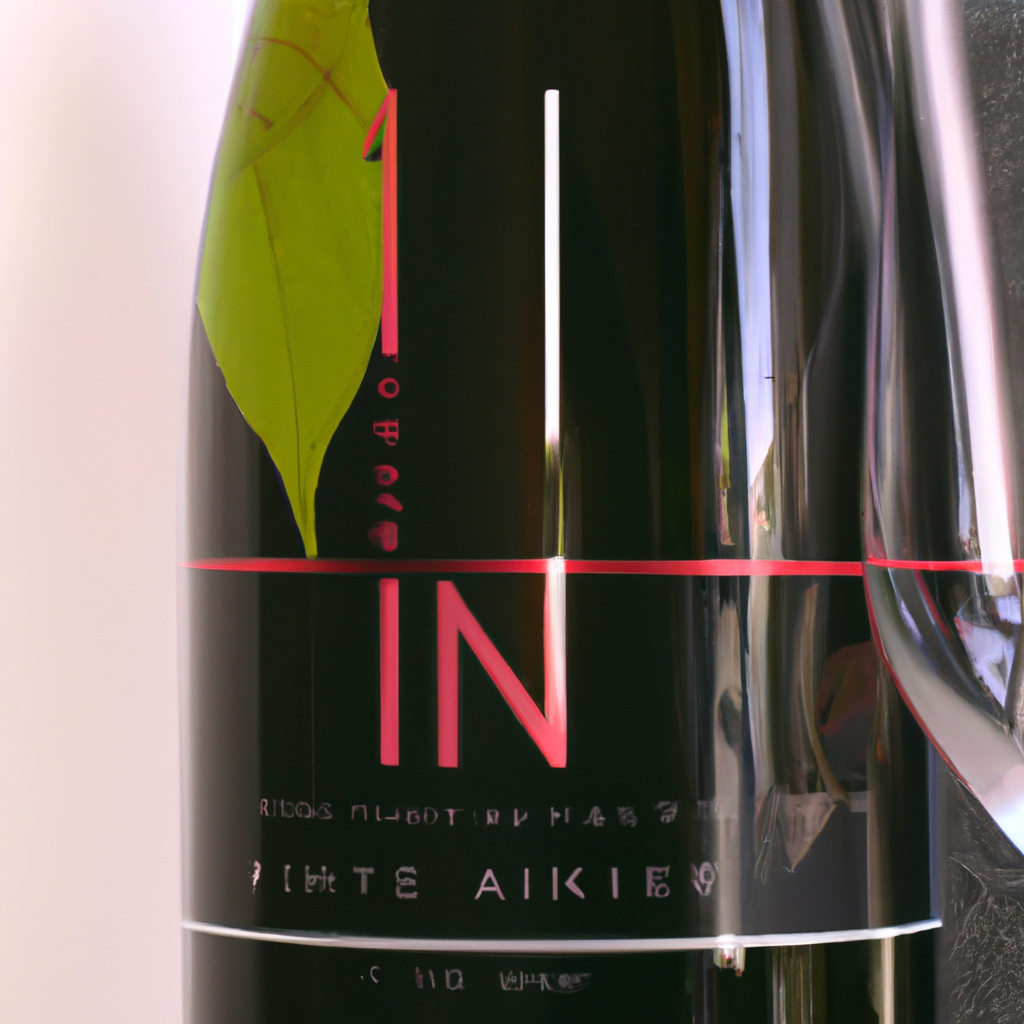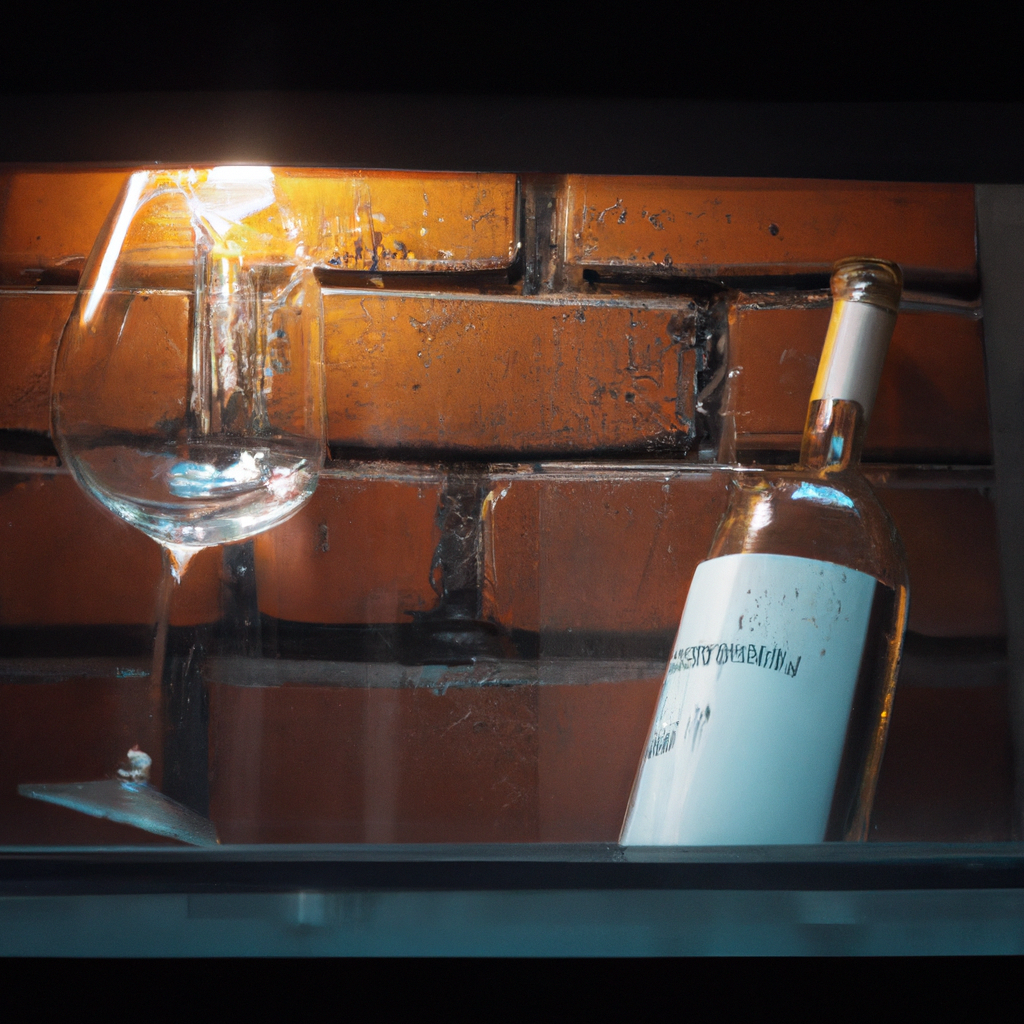-
Article Summary
- Choosing the Finest Pinot Noirs
- Key Takeaways
- Introduction: The Allure of Pinot Noir
- Understanding the Characteristics of Pinot Noir
- The Influence of Terroir on Pinot Noir
- Top Regions for Pinot Noir Production
- Choosing Pinot Noir Based on Vintage and Producer
- Appreciating the Price Range and Value of Pinot Noir
- FAQ Section
- What food pairs well with Pinot Noir?
- How long can you age Pinot Noir?
- What temperature should Pinot Noir be served at?
- What makes Pinot Noir different from other red wines?
- Why is Pinot Noir often more expensive than other wines?
- Conclusion: The Art of Choosing Pinot Noir
- Revisiting the Key Takeaways
Choosing the Finest Pinot Noirs

[youtubomatic_search]
Key Takeaways
- Understanding the characteristics of Pinot Noir
- Recognizing the influence of terroir on Pinot Noir
- Identifying top regions for Pinot Noir production
- Choosing Pinot Noir based on vintage and producer
- Appreciating the price range and value of Pinot Noir
Introduction: The Allure of Pinot Noir
Pinot Noir, a red wine grape variety of the species Vitis vinifera, is revered by wine enthusiasts for its complexity, versatility, and elegance. The grape’s thin skin and susceptibility to various viticultural hazards make it a challenging variety to cultivate, but the resulting wines are often worth the effort. This article will guide you through the process of choosing the finest Pinot Noirs, taking into account factors such as terroir, vintage, producer, and price.
Understanding the Characteristics of Pinot Noir
Pinot Noir is known for its delicate, light to medium-bodied profile with high acidity and soft tannins. It typically exhibits flavors of red fruits like cherry, raspberry, and strawberry, along with earthy notes of mushroom, leather, and game. The complexity of Pinot Noir can vary significantly depending on where it is grown and how it is made, making it a fascinating variety to explore.
The Influence of Terroir on Pinot Noir
Terroir, a French term referring to the environmental factors that affect a crop’s phenotype, plays a significant role in the character of Pinot Noir. The grape’s sensitivity to terroir means that it can express a wide range of flavors and aromas depending on its growing conditions. For instance, Pinot Noir from cooler climates tends to be lighter and more acidic with pronounced red fruit and earthy flavors, while those from warmer climates can be fuller-bodied with riper fruit flavors and lower acidity.
Top Regions for Pinot Noir Production
Pinot Noir is grown in wine regions around the world, but it is most famously associated with Burgundy in France. Other notable regions include Oregon and California in the United States, Central Otago in New Zealand, and Victoria and Tasmania in Australia. Each of these regions imparts its unique stamp on the grape, resulting in diverse expressions of Pinot Noir.
Choosing Pinot Noir Based on Vintage and Producer
When choosing a Pinot Noir, it’s important to consider both the vintage and the producer. The vintage refers to the year in which the grapes were harvested, and it can have a significant impact on the quality and style of the wine due to variations in weather conditions. The producer, on the other hand, can influence the wine through their viticultural and winemaking practices. Researching and tasting wines from different vintages and producers can help you find a Pinot Noir that suits your palate.
Appreciating the Price Range and Value of Pinot Noir
Pinot Noir can range in price from affordable everyday wines to some of the most expensive wines in the world. While price can be an indicator of quality, it’s not always the case. There are many high-quality Pinot Noirs available at reasonable prices, particularly from regions like Oregon and Central Otago. It’s also worth noting that older vintages of Pinot Noir can command higher prices due to their rarity and potential for aging.
FAQ Section
What food pairs well with Pinot Noir?
Pinot Noir is a versatile wine that pairs well with a wide range of foods, including poultry, pork, lamb, game, fish, and vegetarian dishes. Its high acidity and moderate tannins make it a good match for fatty, rich, and savory foods.
How long can you age Pinot Noir?
While many Pinot Noirs are meant to be enjoyed young, the finest examples can age beautifully for decades. Factors that contribute to a Pinot Noir’s aging potential include the quality of the vintage, the producer’s winemaking style, and proper storage conditions.
What temperature should Pinot Noir be served at?
Pinot Noir is best served slightly chilled, at a temperature of around 55-60°F (13-16°C). This allows the wine’s delicate aromas and flavors to shine without being overwhelmed by alcohol heat.
What makes Pinot Noir different from other red wines?
Pinot Noir is unique among red wines for its light body, high acidity, and complex array of flavors and aromas. Its sensitivity to terroir also sets it apart, as it can express a wide range of styles depending on where it is grown.
Why is Pinot Noir often more expensive than other wines?
Pinot Noir is often more expensive due to the challenges involved in growing and making it. The grape’s thin skin makes it susceptible to disease and weather hazards, and its low yield means that less wine can be produced per acre compared to other varieties. Additionally, the finest Pinot Noirs often come from prestigious regions like Burgundy, where land prices are high.
Conclusion: The Art of Choosing Pinot Noir
Choosing the finest Pinot Noir involves understanding the grape’s characteristics, recognizing the influence of terroir, identifying top regions for production, considering the vintage and producer, and appreciating the price range and value. By taking these factors into account, you can navigate the world of Pinot Noir with confidence and discover wines that truly resonate with your palate.
Revisiting the Key Takeaways
- Pinot Noir is a complex and versatile grape variety that expresses a wide range of flavors and aromas depending on its growing conditions.
- Terroir plays a significant role in the character of Pinot Noir, with cooler climates producing lighter, more acidic wines and warmer climates producing fuller-bodied, riper wines.
- Top regions for Pinot Noir production include Burgundy, Oregon, California, Central Otago, Victoria, and Tasmania.
- Choosing a Pinot Noir involves considering the vintage and producer, as these can significantly impact the quality and style of the wine.
- While Pinot Noir can be expensive, there are many high-quality options available at reasonable prices, particularly from regions like Oregon and Central Otago.
[youtubomatic_search]




